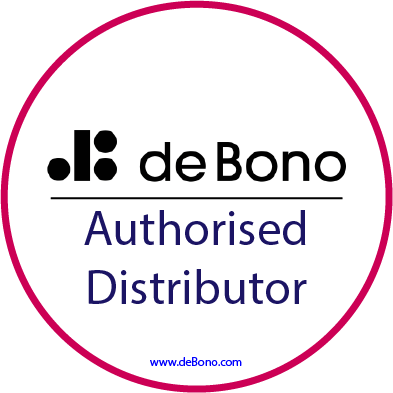 How can an audience follow your presentation if they don’t know where you are going? If you set out a map for the destination it will be much clearer where you are and what’s next. That’s why almost all professional presenters will give you the structure of their presentation upfront, by outlining what they are going to speak about. This article covers the benefits, creating structure and how to use it.
How can an audience follow your presentation if they don’t know where you are going? If you set out a map for the destination it will be much clearer where you are and what’s next. That’s why almost all professional presenters will give you the structure of their presentation upfront, by outlining what they are going to speak about. This article covers the benefits, creating structure and how to use it.
Making it Memorable – By outlining the structure of your presentation before you deliver the key information, you help your audience to remember the main themes of what you are talking about. This is partly due to repetition as you will mention each main theme of the presentation again when you get to it. Also, people organize information in a hierarchy by trying to pick out what is most important to remember. You help them by giving this key information at the start. Also, if you have a clear and simple structure to your speech, it will help you to remember what you are talking about!
Your Audience Understands You – By understanding what’s coming next, your audience is more easily able to follow what you are saying. This is helpful for you as you’re less likely to get questions about topics that you have yet to cover as the audience knows that you’ll get to it.
Displaying Confidence and Professionalism – By making it clear how your presentation is put together, you will appear poised, professional and organised. You will also feel more confident because you are less likely to ramble or become confused if you have a clear plan.
Creating Structure: Three is the Magic Number – Look for around three main points or themes for your presentation and then organize the details of your talk under each theme or point. Some examples of main points or themes that a speaker could use to organize his or her presentation:
- By time: Past, present, future
- Different phases of a project: Design, Implementation, Delivery
- Three main areas: Finance, Marketing, Sales
Three is a good number of main points because it is memorable for you and your audience. Also, it provides enough structure to organize a lot of information. It doesn’t always need to be three main themes, but if you have over about 7 main themes your audience is unlikely to absorb the key information.
Taking Action: How to Use Structure Effectively – Outline your topic briefly – use key words to tell your audience what you’re going to talk to about. For example, if you are making a presentation to colleagues about a new product, you might use the following key words to outline your topic: 1) Features 2) Benefits 3) Target Market
As you present your topic, stick to the structure. Let your audience know that you’re moving from one main point to another, for example: “Now that I’ve outlined the benefits, I’m going to move on to discussing the target market”. Also, put each piece of information in the right place of your speech and don’t jump back and forth between different themes. For example, don’t add new information about product features when you have moved on to discussing the target market.
Summarize at the end – remind the audience of what the key themes are to help the main points stick in their minds.
Article Summary
- Benefits: Be memorable, be understood and be confident
- Create Your Structure: Arrange your points under key themes – 3 is the magic number!
- Use if Effectively: Outline your structure, stick to it, summarize at the end
______________________________________________________________________________
Written by: Susan Gregory – Think on Your Feet® Trainer.


